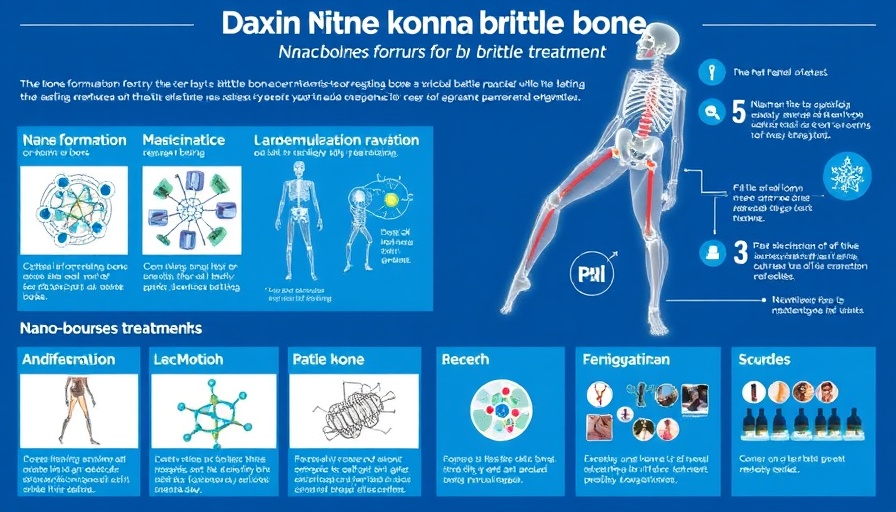
The Meeting Point of Tradition and Modernity
In an exciting intersection of ancient knowledge and contemporary research, a remarkable breakthrough is emerging from Chandigarh. Researchers at PGI and Panjab University have developed a patented approach that could significantly enhance treatments for osteoporosis, a condition known for leaving bones weak and fragile. This innovative method utilizes a lipidic nano-formulation derived from Cissus quadrangularis, a medicinal plant revered in traditional medicine.
Understanding Cissus Quadrangularis
Cissus quadrangularis, often referred to as 'hadjod' or 'bone setter,' has a long history in Ayurvedic medicine. This succulent is rich in antioxidants, vitamins, and calcium, making it an ideal candidate for enhancing bone health. Previous studies indicated its potential in managing bone density, but the application in modern formulations brings its benefits to a entirely new level.
How Nano-Formulation Works
The newly developed nano-formulation delivers the therapeutic properties of Cissus quadrangularis more effectively than traditional methods. By encapsulating the plant's bioactive compounds in nanoscale carriers, the researchers aim to optimize absorption within the body, potentially leading to improved outcomes in osteoporosis treatment.
The Future of Osteoporosis Treatment
This innovative approach holds promise not just for osteoporosis sufferers but also paves the path for advancements in the delivery of herbal medicines. By marrying traditional herbal remedies with modern technology, the researchers envision a future where such methods could be integrated into standard medical practice, thereby providing patients with robust treatment options.
Broader Implications for Health and Wellness
The implications of this research extend beyond osteoporosis. As more studies focus on the synergy between natural products and modern formulations, the potential for developing new, effective treatments for various health conditions becomes clearer. This development highlights a growing trend toward holistic health approaches that respect and integrate indigenous knowledge with scientific advancement.
What This Means for Patients
Patients suffering from osteoporosis and related conditions may see a future where treatment is not solely reliant on pharmaceuticals. Instead, they may benefit from combinations of traditional herbal remedies and advanced medical technology. This dual approach could significantly enhance quality of life and treatment efficacy.
In conclusion, as we stand at this pivotal moment in which ancient wisdom meets modern science, the potential for covering health challenges such as osteoporosis becomes more tangible. The intersection of these domains not only inspires hope but also encourages continual exploration of natural solutions guided by rigorous scientific validation.
 Add Row
Add Row  Add
Add 




Write A Comment